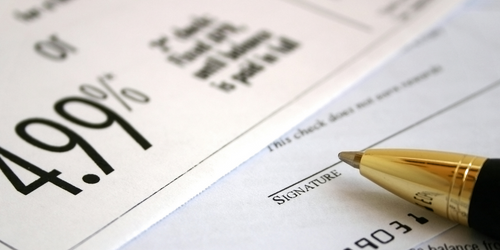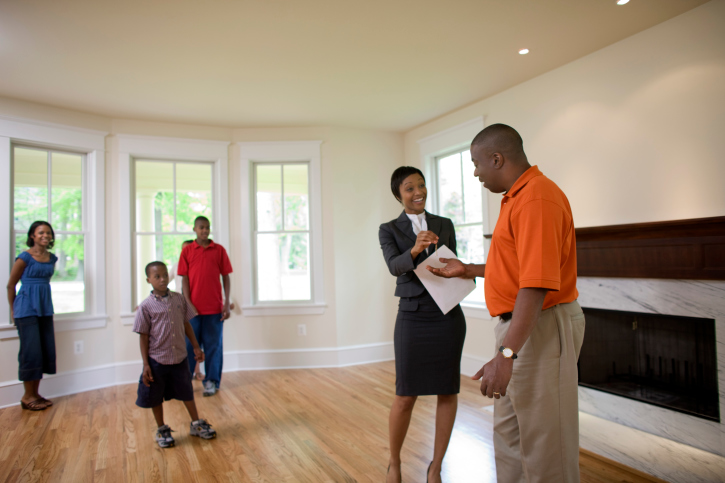Rebuilding Costs: Rethinking How Much Homeowners Insurance You Really Need
 Buying a home comes with numerous financial planning obligations. It’s far from a turn-key operation and one of the significant challenges involves developing a working knowledge about things often outside your area of expertise.
Buying a home comes with numerous financial planning obligations. It’s far from a turn-key operation and one of the significant challenges involves developing a working knowledge about things often outside your area of expertise.
For example, working as an educator, police officer, investment banker or office staffer does not necessarily make you an expert about home repairs or insurance coverage. Yet, the average homeowner is tasked with carrying a certain level of homeowners insurance coverage without a strong working knowledge.
Many homeowners just purchase enough insurance to cover the purchase price or take the advice of others. Both of those methods could prove wildly deficient.
Rethinking Total Replacement Costs
A distinct difference exists between a home’s purchase price, assessed value and total replacement costs. Let that idea sink in a minute. What you paid for your home and it’s assessed value have zero to do with what it would cost to rebuild in the event of a total loss!
If you based your homeowners coverage on purchase price or estimated value, the word that comes to mind is “Yikes.” Here’s why.
Construction costs are based on prevailing market prices that include building materials and labor costs. These vary from region to region and can pique do to materials shortages and shifting prevailing wages. National home-building averages run anywhere from $117 to $125 per square foot. But, even as you read this article, that could change.
Beyond the fundamentals of calculating home construction costs on a square-foot basis, consider that rebuilding your home means that some type of catastrophe occurred. Whether that was a hurricane, tornado, flooding, fire or another disaster, there will likely be cleanup costs.
Before starting new construction, the damaged property will likely need to be razed and damaged materials removed. That comes at a cost.
Building permits and licenses will come at an additional cost. An architectural blueprint and design may need to be secured and that also comes at a cost. The permitting process can be challenging and that could result in you having to rent a temporary residence while your home is rebuilt. Obviously, there are plenty of unforeseen expenses.
Specialty Building Costs
Although average building costs per square foot are a viable standard measure, many homes enjoy specialty items.
Consider that you own a home built decades ago. The high-quality building materials used in construction may be considered specialty items today. They may inevitably be far more expensive than common building materials. If you want the home fully restored, that could cost more than the estimated average.
Accents such as rounded archways or plank-board floors are also more expensive to replace than many average materials. Those are all considerations that need to be tallied when insuring a home.
How To Recalculate Homeowners Insurance
Take the time to calculate the square footage of your home against average construction costs in your area. Factor in specialty items, permitting, razing and other potential hidden costs. Add 10-20 percent. According to some insurance experts, the average home is underinsured by upwards of 22 percent. After the carrier has paid out the coverage limit, overages could become out-of-pocket expenses.
Don’t hesitate to consult with a reputable home builder or insurance expert. Full coverage means accurately accounting for all of the rebuilding costs.
Contact your trusted mortgage professional to inquire about current rates for home construction loans, referrals to an insurance agent and more.

 When you go through the process of applying for a mortgage, you need to make sure you understand all of the terms on the page. Two of the most common numbers you will come across include the mortgage rate and the APR. Many people associate both of these numbers with interest rates, but you will probably notice that they are not quite the same. What are the differences between these two numbers, and how are they going to impact your mortgage loan?
When you go through the process of applying for a mortgage, you need to make sure you understand all of the terms on the page. Two of the most common numbers you will come across include the mortgage rate and the APR. Many people associate both of these numbers with interest rates, but you will probably notice that they are not quite the same. What are the differences between these two numbers, and how are they going to impact your mortgage loan? Even though interest rates have gone up significantly during the past few months, there are still opportunities for you to find a home at a great price. The high interest rate can be discouraging for some people, but as long as you know how to navigate the market, you can still put yourself in a position to be successful.
Even though interest rates have gone up significantly during the past few months, there are still opportunities for you to find a home at a great price. The high interest rate can be discouraging for some people, but as long as you know how to navigate the market, you can still put yourself in a position to be successful. If you plan on buying a house in the near future, there are a few mortgage options available. One potential option is called a VA loan. This is a loan that has been backed by the Department of Veterans Affairs, and it could provide you with some added flexibility that you can use to purchase a house. Is a VA loan right for you? There are a few points to keep in mind.
If you plan on buying a house in the near future, there are a few mortgage options available. One potential option is called a VA loan. This is a loan that has been backed by the Department of Veterans Affairs, and it could provide you with some added flexibility that you can use to purchase a house. Is a VA loan right for you? There are a few points to keep in mind. One of the challenges you will face when deciding how much money to put down on your new home is whether to put down a larger down payment or to take a bit of money from your down payment and use it to buy “discount points” to lower your interest rate.
One of the challenges you will face when deciding how much money to put down on your new home is whether to put down a larger down payment or to take a bit of money from your down payment and use it to buy “discount points” to lower your interest rate.